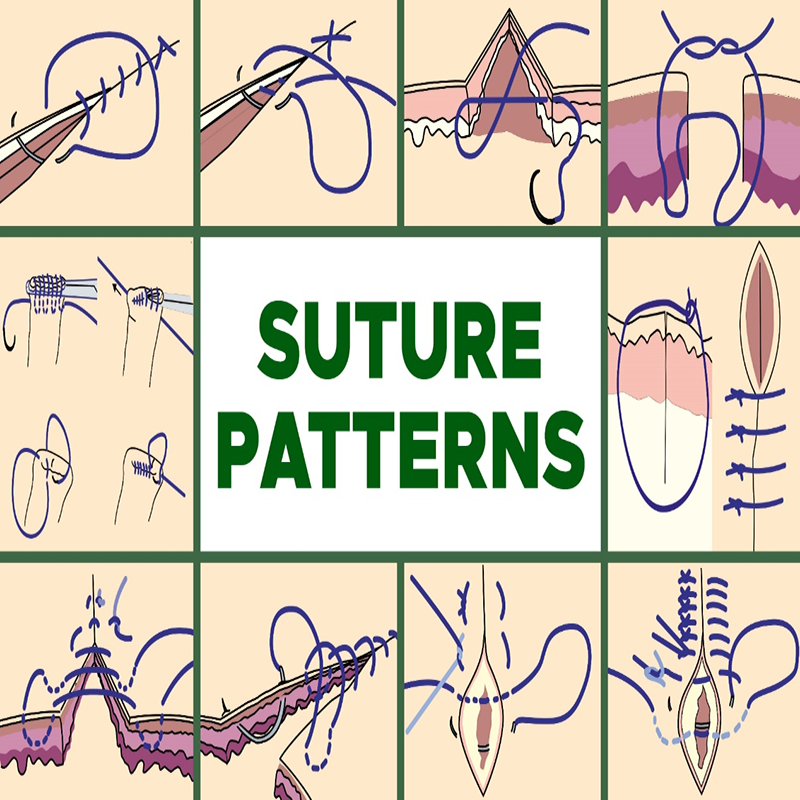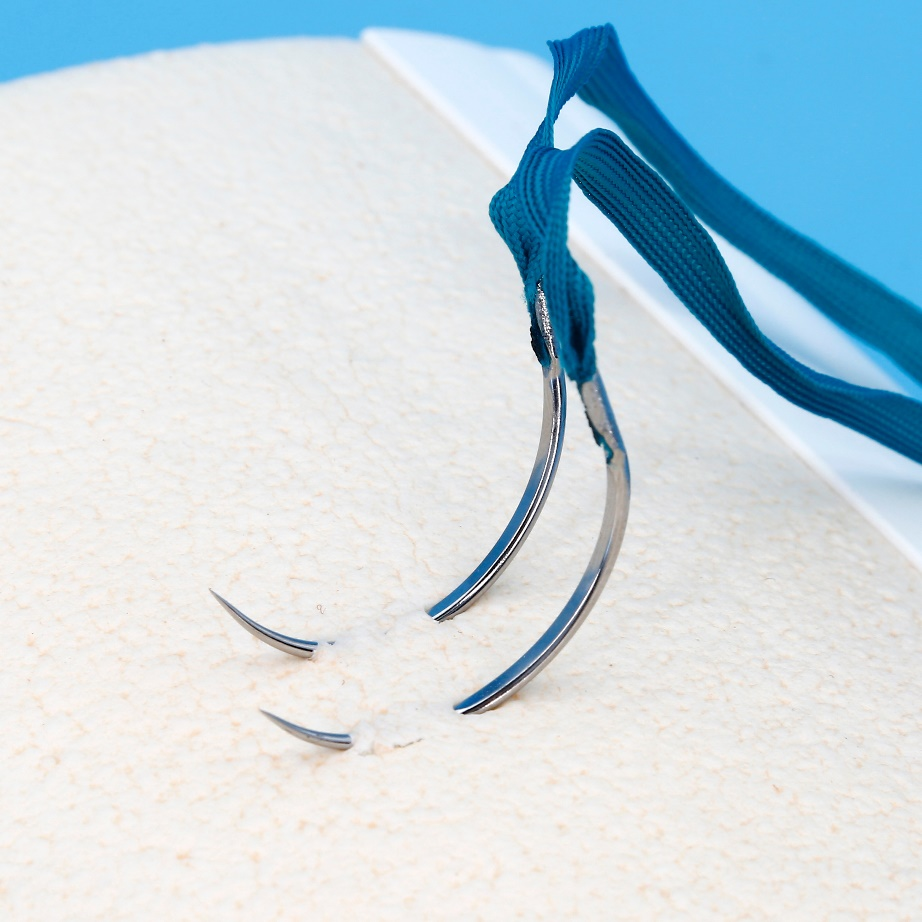When a Bandage or Transdermal Patch Causes Rash
An adhesive allergy is a form of contact dermatitis in which a person experiences an allergic reaction to topical glues used in products like adhesive bandages, artificial nails, transdermal patches, and continuous glucose meters. Foam Dressing

Allergic contact dermatitis occurs when the skin touches something that a person is allergic to (known as an allergen). Symptoms may include rash, itching, swelling, blisters, and skin darkening. Removing the allergen will usually resolve the reaction, though healing may take days or weeks.
This article explores the causes and symptoms of adhesive allergies, including how the rash looks. It also explains how adhesive allergies are diagnosed and treated and whether there are alternatives you can try.
The symptoms of contact dermatitis are usually limited to the area of contact. But, with allergic contact dermatitis (as opposed to an irritant contact dermatitis), symptoms may extend to the surrounding skin as well.
Symptoms of an adhesive allergy may include:
Depending on how sensitive you are to the allergen, symptoms may persist for hours, days, or even weeks once the allergen is removed. This differentiates allergic contact dermatitis from contact urticaria (hives), which often resolve within minutes.
Contact dermatitis is a localized skin reaction affecting the outermost layer of skin (called the epidermis ) and the layer just below (called the dermis ). With allergic contact dermatitis, the reaction occurs when an allergen triggers a localized immune response.
Within the skin are immune cells called mast cells that degranulate (break open) when confronted with an allergen, spilling chemicals called histamine, heparin, and cytokines that trigger swelling, itching, and rash.
With an adhesive allergy, the two main allergens are ingredients in the glue called liquid 2-octyl cyanoacrylate and n-butyl cyanoacrylate monomers. Studies show that certain people may be reactive to only one or both of these topical adhesives.
It is also possible that the allergy may not be caused by the glue but by the applied object itself. An example is adhesive bandages made with latex. A latex allergy is a form of allergic contact dermatitis affecting 1% of the general population and between 8% and 12% of healthcare workers in the United States.
Healthcare workers are disproportionately affected because of their frequent use of latex gloves. While it may seem reasonable to assume that a person becomes less sensitive to latex the more they are exposed, the opposite is true, and the risk and severity can increase rather than decrease.
In some cases, latex may not be the problem. For instance, you may also be allergic to medications placed on an adhesive bandage, such as iodine in Betadine skin disinfectant. The frequent use of topical antibiotic creams like Neosporin can also lead to allergic skin reactions.
An adhesive allergy is often evident in that symptoms appear where the adhesive is applied. In such instances, a healthcare provider may proceed directly with treatment and forego further testing.
However, if the cause is uncertain, different allergy tests can be used to help pinpoint the exact culprit or culprits. These include:
Treatment for an adhesive allergy will vary depending on the severity of the reaction.
If you have a minor allergic reaction, you can simply remove the adhesive and allow the rash to heal on its own over the next few days. If you have a more serious reaction, your healthcare provider may prescribe one or more treatments to help alleviate symptoms as well as the underlying allergic response. These may include:
If you find that you are allergic to adhesive bandages, there are alternative wound coverings you can try that may help:
If you have an allergy to a transdermal patch that delivers medication through the skin, speak to your healthcare provider about other versions of the drug that may help. These include ointments that can be applied to a hypoallergenic adhesive bandage.
There are three things you can do to prevent reactions to your wearable continuous glucose monitor:
Adhesive allergies are a form of contact dermatitis mainly caused by ingredients in the adhesive glue. Symptoms include an itchy rash, swelling, blisters, skin dryness and flaking, and skin discoloration. Removing the adhesive usually resolves the symptoms. Medications like topical steroids and oral antihistamines may be prescribed to bring the reaction under control.
Novak-Bilić G, Vučić M, Japundžić I, Meštrović-Štefekov J, Stanić-Duktaj S, Lugović-Mihić L. Irritant and allergic contact dermatitis - skin lesion characteristics.Acta Clin Croat.2018 Dec;57(4):713-720.doi:10.20471/acc.2018.57.04.13
Institute for Quality and Efficiency in Healthcare. Allergic contact dermatitis: overview.
Kanani A, Betschel SD, Warrington R. Urticaria and angioedema.Allergy Asthma Clin Immunol.2018;14(Suppl 2):59.doi:10.1186/s13223-018-0288-z
Park YH, Choi JS, Choi JW, Kim HJ. Incidence and risk factor of allergic contact dermatitis to 2-octyl cyanoacrylate and n-butyl cyanoacrylate topical skin adhesives. Sci Rep. 2021;11(1):23762. doi:10.1038/s41598-021-03319-3
American Dental Association. Latex allergy.
Messer LH, Berget C, Beatson C, Polsky S, Forlenza GP. Preserving skin integrity with chronic device use in diabetes. Diabetes Technol Ther. 2018 Jun 1;20(Suppl 2):S2-54–S2-64. doi:10.1089/dia.2018.0080
Bathla JS, Tur K, Sragi Z, Sugg K. Autosensitization triggered by Neosporin use: a unique phenomenon. Cureus. 2022 Jul;14(7):e26987. doi:10.7759/cureus.26987
American College of Allergy, Asthma, & Immunology. Allergy testing.
By Daniel More, MD Daniel More, MD, is a board-certified allergist and clinical immunologist. He is an assistant clinical professor at the University of California, San Francisco School of Medicine and formerly practiced at Central Coast Allergy and Asthma in Salinas, California.
Thank you, {{form.email}}, for signing up.
There was an error. Please try again.

Polyglactin 910 By clicking “Accept All Cookies”, you agree to the storing of cookies on your device to enhance site navigation, analyze site usage, and assist in our marketing efforts.